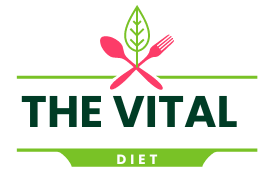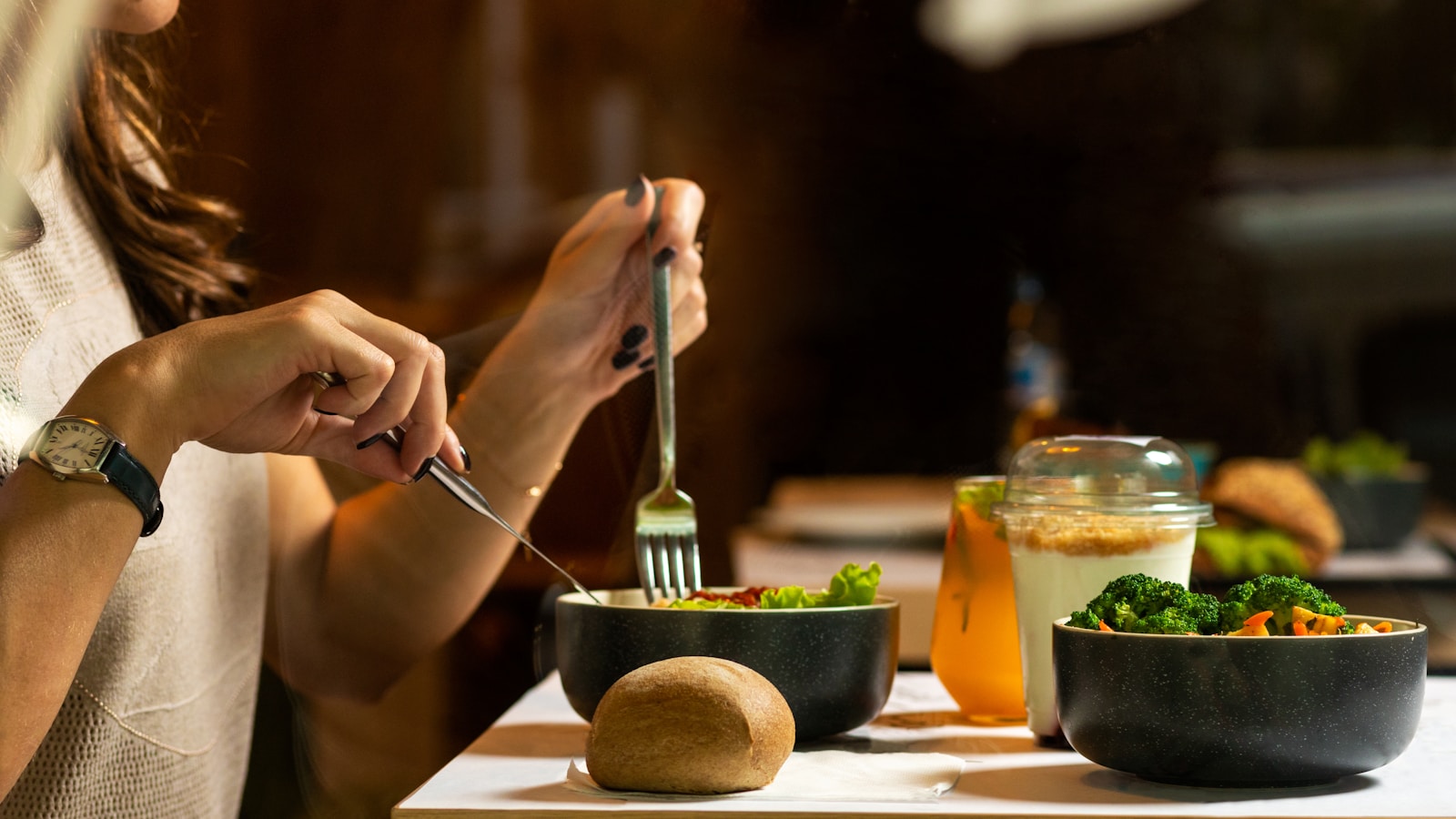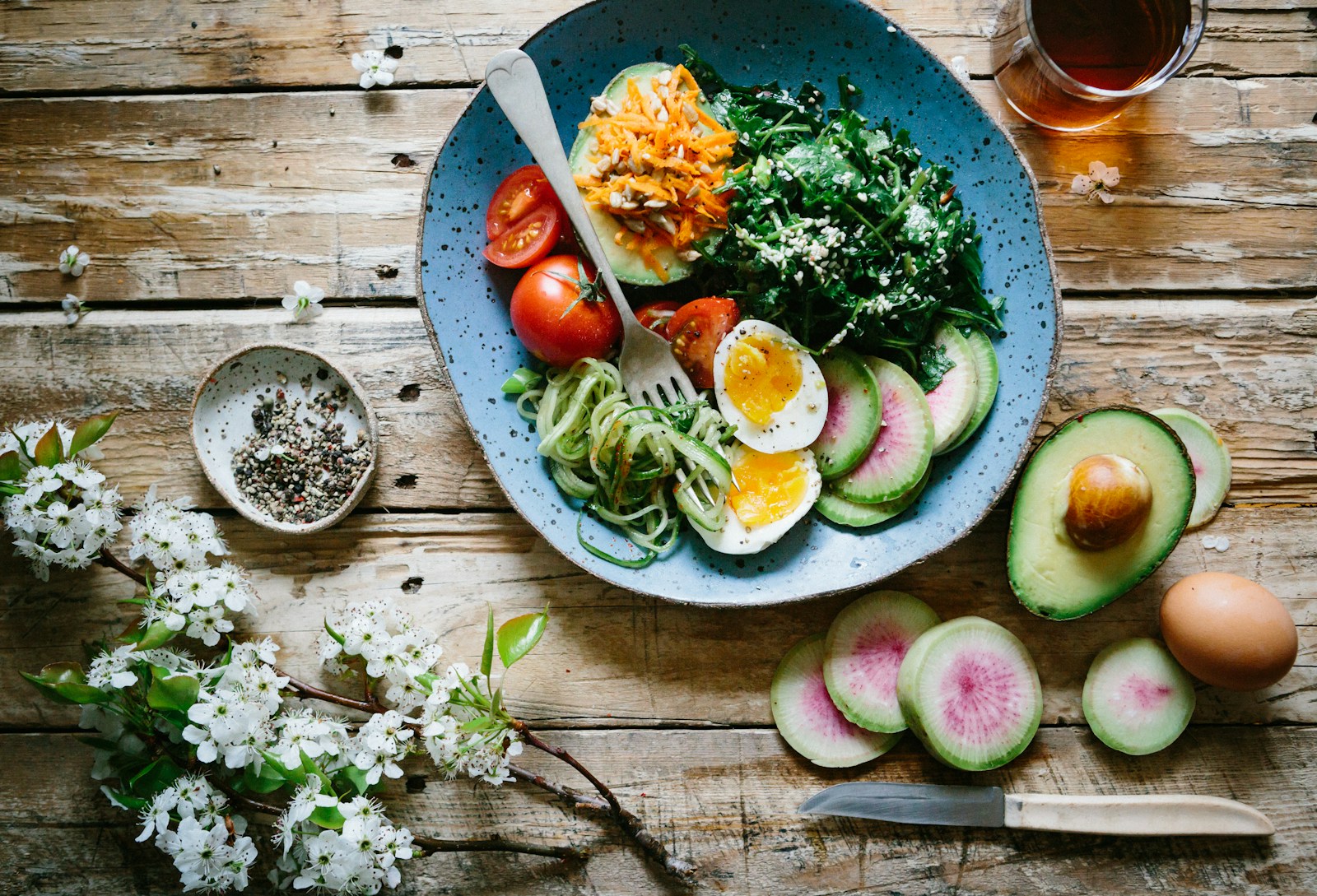
The 80/20 eating plan, or the Pareto Principle applied to nutrition, is a popular strategy for those seeking a flexible and sustainable approach to dieting. This principle is based on the idea of consuming wholesome, nutrient-dense foods 80% of the time and allowing yourself the freedom to indulge 20% of the time.
Understanding the 80/20 Diet
The 80/20 diet is not a structured diet plan but more of a lifestyle choice that promotes a balanced approach to eating. It operates on the Pareto Principle, an economic rule that suggests 80% of outcomes result from 20% of inputs. Translated into dietary terms, this means focusing on healthy foods for 80% of your meals and enjoying indulgences for the remaining 20%.
Expert Opinions
Leading nutrition professionals endorse the 80/20 diet for its balanced approach. By promoting 80% healthy choices and 20% flexibility for less healthful options, this plan offers a feasible, non-depriving route to nutrition. It encourages a variety of foods, reducing the likelihood of nutritional deficiencies.
A Week on the 80/20 Diet
There is vast flexibility with the 80/20 diet when it comes to meal planning. Here’s a sample week of eating using this principle:
- Day 1: Healthy options like vegetable omelet, turkey sandwich, and chicken thighs, and indulgences like chocolate chip cookies.
- Day 2: Healthy choices such as buckwheat groats with blueberries and steak with bok choy stir-fry, and treats like a chocolate brownie.
- Day 3: Nutritious foods like spinach oatmeal bowl, sweet potato falafel, and fish with green salad, and indulgences like kettle chips.
- Day 4: Healthy choices like a hummus breakfast bagel and a meatless Buddha bowl, and indulgences like pizza.
- Day 5: Nutritious foods like a vegetable breakfast frittata and beef soup with whole-grain roll, and no specific indulgences.
- Day 6: Healthy choices like a chocolate chia smoothie and vegetable enchiladas, and treats like a croissant and latte.
- Day 7: Nutritious foods like Greek yogurt pancakes and a cheeseburger with salad, and no specific indulgences.
What You Can Eat
The 80/20 diet allows for the consumption of any food, as long as it adheres to the 80/20 rule. The 80% should consist of a variety of nutrient-rich foods, focusing on whole foods and whole grains.
Whole Grains
Whole grains provide carbohydrates for energy, along with fiber, vitamins, minerals, and some protein. Examples include brown rice, 100% whole wheat bread, oatmeal, and quinoa.
Fruits and Vegetables
Fruits and vegetables are packed with essential nutrients and dietary fiber. They are also low in calories. Examples include leafy greens, potatoes, carrots, broccoli, mushrooms, melons, berries, citrus fruits, apples, and peaches.
Lean Proteins
Lean proteins should be the centerpiece of your meals. Avoid trans fats where possible. Examples include lean meat, low-fat dairy, legumes, fish and seafood, and soy protein.
Saturated Fats
For the 20% of your diet, you might choose foods higher in fat. However, portion control and moderation are still crucial.
Refined Carbohydrates and Sugar
Moderation is essential for carb and sugar intake. You can enjoy some pasta or white bread, but not excessively. The same applies to processed foods, which might be part of your 20% “less healthy” calories.
Alcohol
You might choose to avoid alcohol most of the time, but enjoy a beer or glass of wine on occasion.
What You Cannot Eat
There are no specific foods that are off-limits on the 80/20 diet. However, remember that only 20% of your diet should consist of “unhealthy” or “indulgent” foods. What constitutes this 20% is subjective and can depend on personal beliefs and preferences.
Preparing for the 80/20 Diet & Tips
Following the 80/20 rule means eating a “clean” diet 80% of the time and allowing a few indulgences 20% of the time. This could mean focusing on nutrient-dense foods during the week and relaxing a bit on the weekend. This balanced approach can encourage a healthy diet and lifestyle.
Remember, even your 20% indulgences should be enjoyed in moderation. Overindulging, even in healthy food, can lead to weight gain. If you’re struggling to lose weight or are gaining weight on the 80/20 diet, consider adjusting your plan. This could involve increasing exercise, counting calories, watching portion sizes more closely, or shifting to a 90/10 style.
Shopping List
While there are no specific foods to buy or avoid, focusing on whole, healthy foods can guide your shopping choices. Here’s a sample shopping list:
- Whole grains (oats, whole grain bread, brown rice)
- Vegetables (leafy greens, zucchini, asparagus, potatoes)
- Fruit (apples, citrus, melons, berries, bananas)
- Lean protein (chicken, beef, eggs, fish)
- Dairy products (milk, yogurt, cottage cheese, cheese)
- Your favorite treats (chips, cookies, dark chocolate, ice cream)
Pros of the 80/20 Diet
The 80/20 diet has several advantages. It’s easy to follow, doesn’t require calorie counting, permits all foods, avoids deprivation, promotes healthy habits, and can accommodate various dietary needs.
Cons of the 80/20 Diet
However, there are a few drawbacks. The 80/20 diet may not work for everyone, especially those already following a healthy diet. Additionally, it may not provide enough structure for those who need strict dietary rules.
Is the 80/20 Diet Right for You?
The 80/20 diet aligns with expert guidelines and shares similarities with other gradual weight-loss plans. It’s a good introduction to balanced, nutritious eating, but may not induce weight loss if it doesn’t create a calorie deficit.
Final Thoughts
The 80/20 diet is a popular choice for maintaining healthy eating habits. It allows balance and indulgence, making it a sustainable long-term plan. If your goal is weight loss, you may need to adjust the ratio to a 90/10 diet to see results. Remember, the best diet is one that is balanced and suits your lifestyle.





